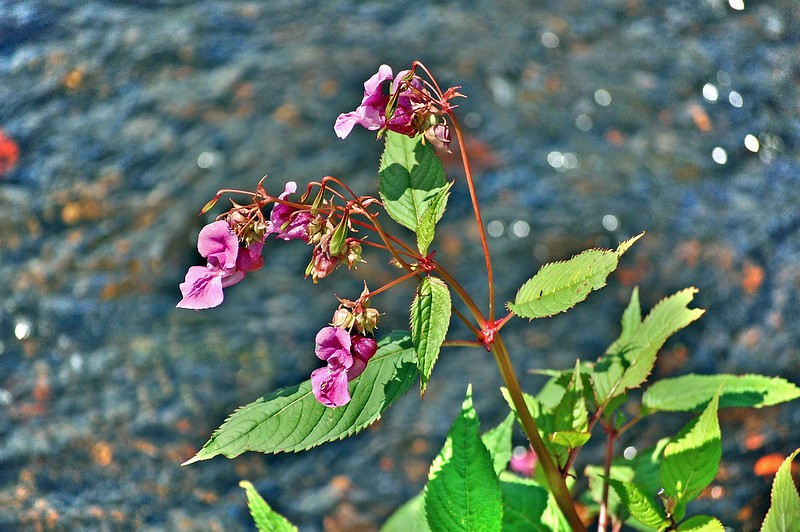Controlling Himalayan balsam, one of the UK’s most invasive weeds
Himalayan Balsam’s beautiful pink flowers appear between June and September. We take a look at Himalayan balsam (Impatiens glandulifera), one of the UK’s most invasive and problematic weed species, and the work CABI is doing to combat its spread. Why is Himalayan balsam such a big problem?
CABI scientists are leading the fight to control one of the UK’s most invasive weeds – Himalayan balsam
CABI experts in the field of classical biological control are leading the fight to manage one of the UK’s most invasive weeds – Himalayan balsam – thanks to the nationwide release of the rust fungus Puccinia komarovii var. glanduliferae. Dr Carol Ellison, who has over 30 years’ experience of the biological control of weeds using…
The twelve pests of Christmas (trees)
For many, December means celebrating Christmas and a central part of that is a Christmas tree. Evergreen trees have been used in celebration for centuries. The ancient Egyptians, Chinese, and Hebrews used evergreen trees, wreaths, and garlands to symbolize eternal life. Pagans worshiped trees, and Romans used evergreen wreaths during the festival of Saturnalia. The…
Protecting Carnaúba Palm Trees in Brazil from Devil’s Claw
Called the “White Forest” by native populations, the Caatinga ecosystem covers an estimated 11% of Brazil and is spread across the states of Alagoas, Bahia, Ceará, northern Minas Gerais, Maranhão Paraíba, Piau, Pernambuco, Rio Grande do Norte and Sergipe. This dry forest is home to the largest populations of Carnaúba palms in the world. It…
Enlisting microbes to enhance Himalayan balsam biocontrol
Building on CABI research into the biological control of Himalayan balsam (Impatiens glandulifera) using a rust fungus (Puccinia komarovii var. glanduliferae), a Natural Environment Research Council (NERC) funded collaboration between Royal Holloway, CABI and the University of Reading is investigating the role of the microbial community associated with the plant and how these microbes may…
The impacts of invasive weeds in Chitwan National Park, Nepal
Mikania (Mikania micrantha) is a tropical vine which is native to the Americas. Often referred to as the ‘Mile-a-Minute Weed,’ mikania grows rapidly in areas of high rainfall and has become highly invasive in parts of Asia and the Pacific. Under the Convention on Biological Diversity, invasive species are defined as alien species that threaten…
Tackling Tutsan
Tutsan (Hypericum androsaemum) is invasive to New Zealand and Australia. Native to many countries throughout Europe and western parts of Asia, it is thought to have been introduced as a garden ornamental by acclimatisation societies in the 1800s due to its attractive yellow flower. Today, tutsan is a severe weed in several regions of New…
CABI releases rust fungus to control invasive weed, Himalayan balsam
26 August 2014 – From today, not-for-profit research organization, CABI, will be releasing a rust fungus at locations in Berkshire, Cornwall and Middlesex as part of field trials to control the non-native, invasive weed Himalayan balsam (Impatiens glandulifera) using natural means. Himalayan balsam has rapidly become one of the UK’s most widespread invasive weeds, colonizing…







